Important Words: Getting to Know Plants | EVS Class 3: The World around us (Our Wondrous World) PDF Download
Hello, Class!
Welcome to our exciting word adventure! In Chapter 4, Getting to Know Plants, we joined Gopu, Simmi, and Raj as they explored trees, shrubs, herbs, and more on their way to school. Some words in this chapter might be new or tricky. Don’t worry! This list of important words comes with meanings and examples to make learning fun and easy.
Important Words and Meanings
Exclaimed
Meaning: Said something loudly with excitement or surprise.
Example: Gopu exclaimed, “Isn’t nature just amazing?” when he saw the plants.Bushy
Meaning: Growing thickly with many branches, like a shrub.
Example: Simmi saw a bushy shrub with pretty red flowers.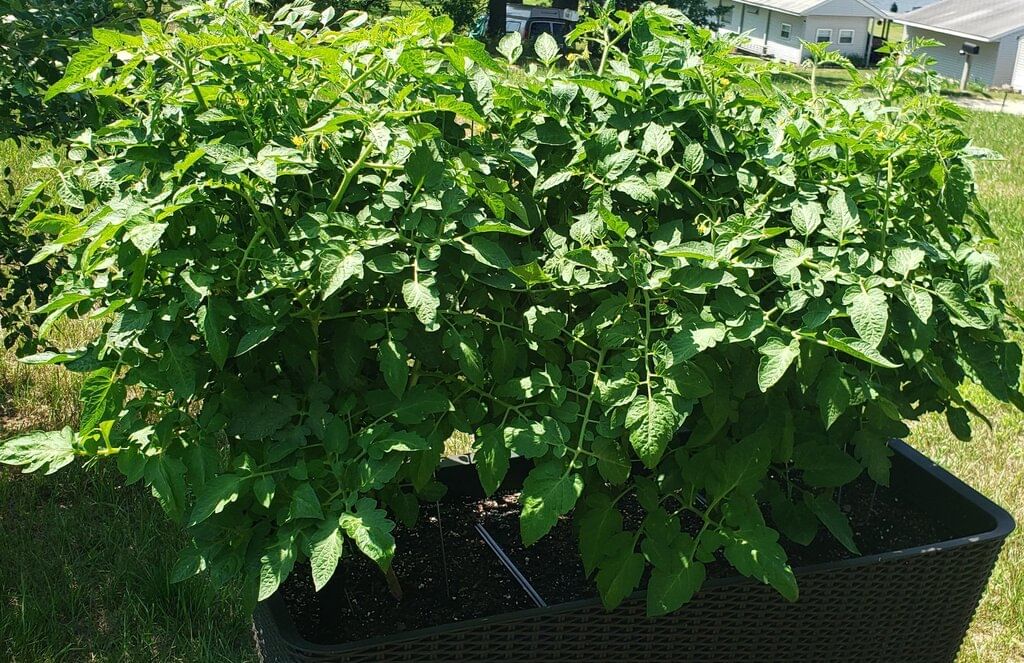
Curvy
Meaning: Having smooth, rounded bends or shapes.
Example: Raj said some plants are thin and curvy, not straight.Shiny
Meaning: Bright and reflective, like a polished surface.
Example: The jamun tree’s leaves were thick and shiny.Plucking
Meaning: Picking or pulling fruits or flowers from a plant.
Example: Raj and his friends enjoyed plucking purple jamun fruits.Trunk
Meaning: The thick, main stem of a tree that supports branches.
Example: Trees have a big trunk of wood with many branches.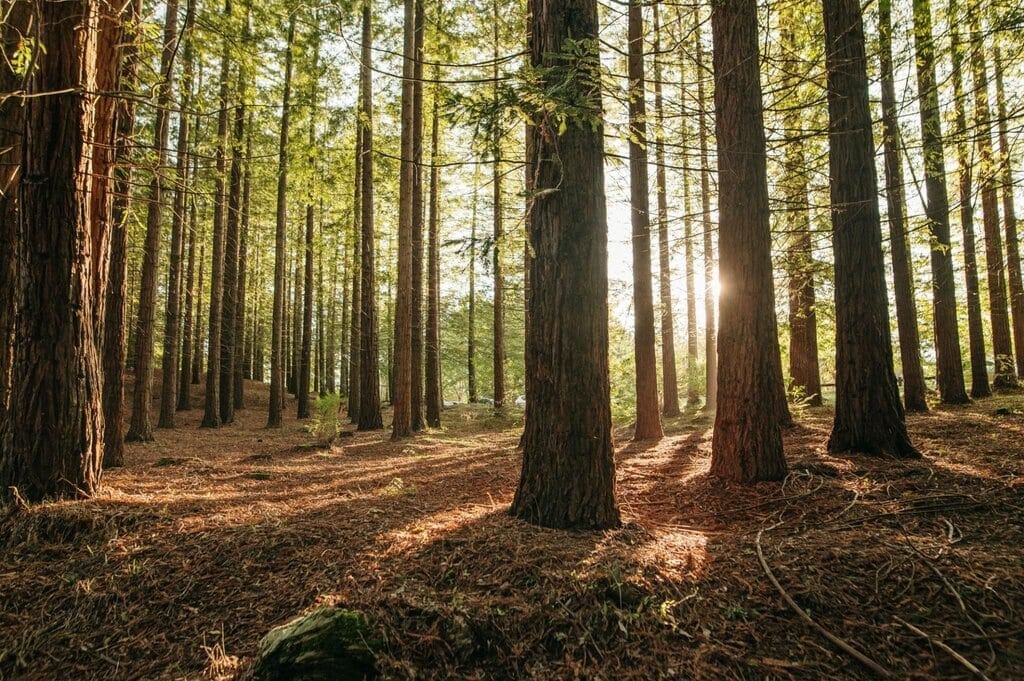
Roots
Meaning: The parts of a plant that grow underground to hold it in place.
Example: Tree roots go deep into the soil to keep the tree strong.Shrubs
Meaning: Medium-sized plants with many woody stems near the ground.
Example: Simmi’s tulsi plant at home is a shrub.Woody
Meaning: Hard and tough like wood, not soft.
Example: Shrubs have brown, woody stems, unlike soft herbs.Tender
Meaning: Soft and delicate, easily bent or broken.
Example: Herbs like mint have tender, green stems.Herbs
Meaning: Small plants with soft, green stems that don’t become woody.
Example: Raj grows herbs like mint and tomato at home.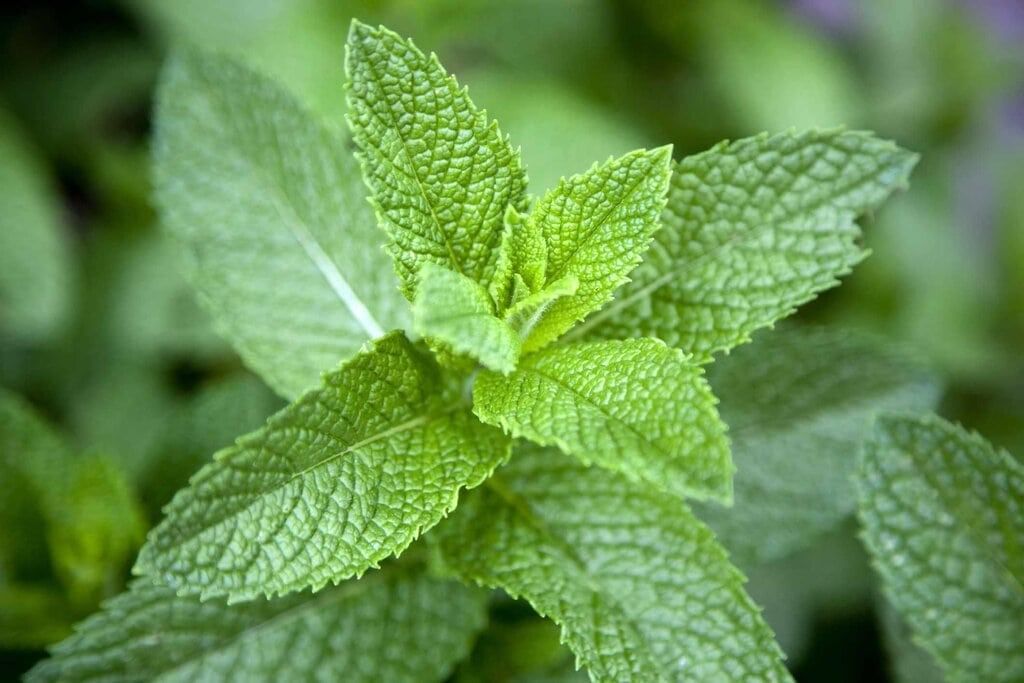
Grasses
Meaning: Plants with thin, flat leaves and hollow stems, often growing in groups.
Example: Simmer pointed to the different grasses with long, thin leaves.Hollow
Meaning: Empty inside, like a tube.
Example: The stems of grasses are hollow, not solid like trees.Climbers
Meaning: Plants with thin stems that grow by climbing on other plants or objects.
Example: The money plant is a climber that winds up walls.Creepers
Meaning: Plants that spread along the ground with thin, flexible stems.
Example: The pumpkin plant is a creeper, spreading on the ground.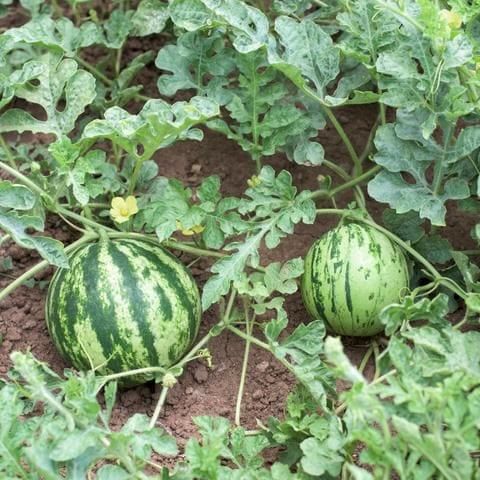
Flexible
Meaning: Able to bend easily without breaking.
Example: Climbers and creepers have flexible stems that twist and turn.Texture
Meaning: The feel of a surface, like smooth or rough.
Example: Raj described the texture of leaves as rough or smooth.Bark
Meaning: The hard, outer covering of a tree trunk.
Example: Gopu rubbed a paper on the tree’s bark to see its pattern.Germinated
Meaning: When a seed starts to grow into a plant.
Example: The pulses like moong and urad are germinated seeds of shrubs.Rangoli
Meaning: A colorful pattern made on the ground with leaves or flowers.
Example: Simmi made a rangoli with fallen leaves to look like animals.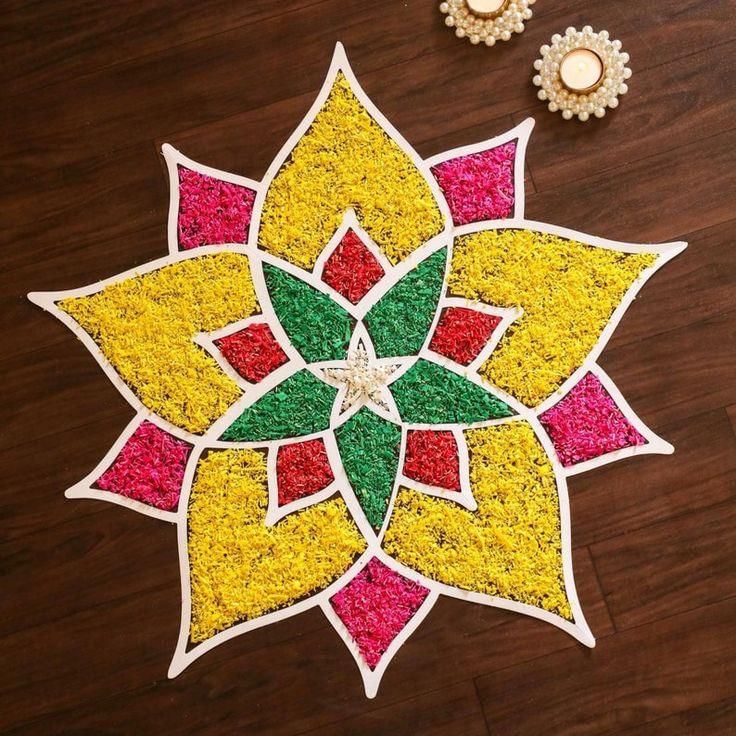
Let’s Be Word Friends!
Just like Gopu, Simmi, and Raj explore plants, these words are your friends too. Keep practicing them, and you’ll be amazing at EVS! Happy Learning!
Your Edurev
|
30 videos|128 docs|14 tests
|
FAQs on Important Words: Getting to Know Plants - EVS Class 3: The World around us (Our Wondrous World)
| 1. What are the main parts of a plant and their functions? |  |
| 2. How do plants grow and develop? |  |
| 3. Why are plants important to the environment? |  |
| 4. What are the different types of plants? |  |
| 5. How can we take care of plants at home? |  |
















